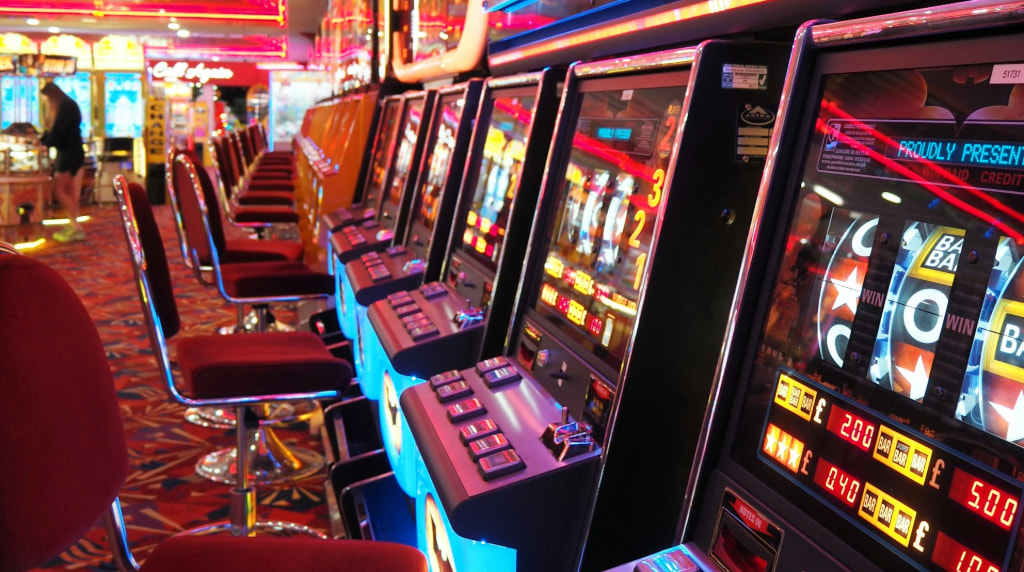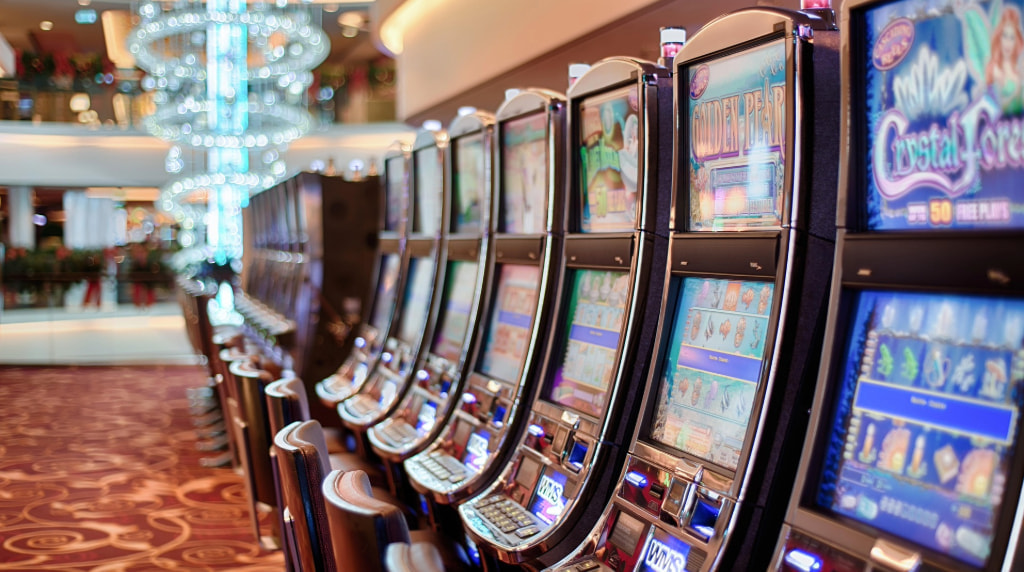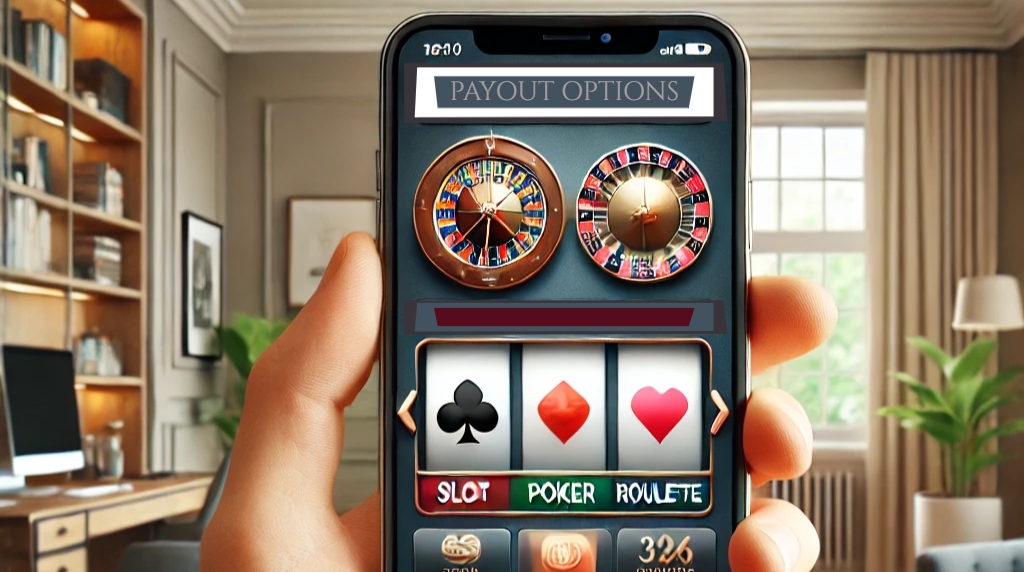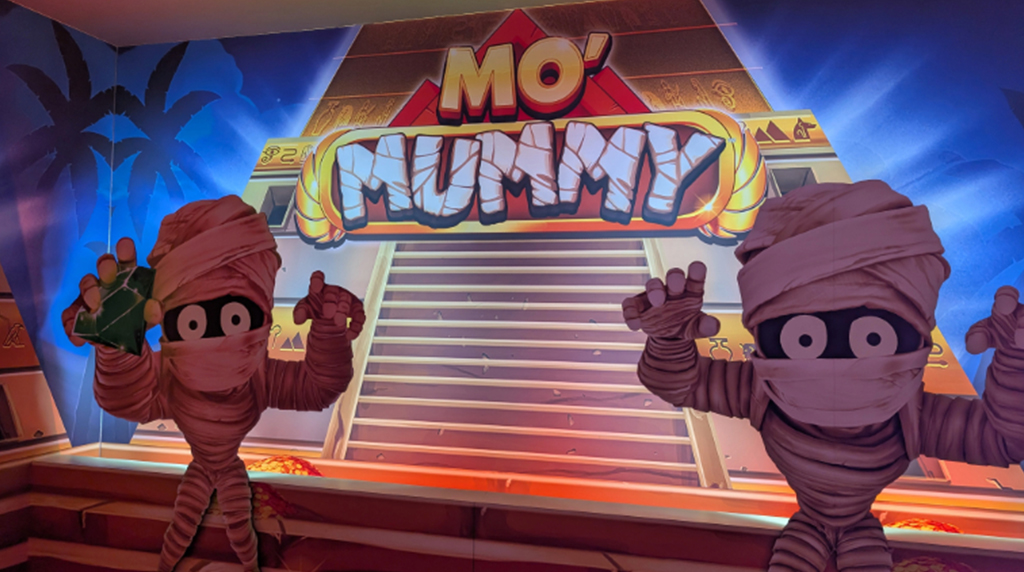Slot Volatility Explained: How It Affects Payouts & Gameplay
When people say gambling is entertainment, what they are saying is that like a great book, or a sad movie, or that pint down at the corner pub, gambling can release dopamine in the brain. The volatility in slots can determine how much and when that dopamine is released.

Slot Game volatility can change how we experience the game. © Lee Thomas, Unsplash
Why Slot Game Volatility Matters
The best way to consider slot game volatility is the frequency and size of payouts. A high-volatility slot machine will pay out less frequently but generally in larger payouts. A low-volatility machine will pay out smaller amounts much more frequently.
The return to player rate is the other part of the equation when we look at slot machines. While slot volatility explains how much and how often we might expect to win, return to player, more commonly referred to as just RTP, tells us how much of our wager we can expect to get back over many spins, or as the casino people prefer to call it, “the long run”.
A slot machine advertised as medium volatility and an RTP of 97.1% tells you first that you can expect that this machine will not pay back every few spins with small amounts. Instead, you can expect intermediate-size payouts intermittently.
However, that percentage applies to total wagers, not your starting balance. If you bet $2 a spin, the machine is returning $1.94 on average per spin, a theoretical loss of $0.06 per spin.
If you are betting $2 a spin, you can expect to get back $1.94 for each spin.
The average slot player spins around 600 spins an hour, so six cents a spin rapidly turns into an expected, or to use casino terminology, theoretical loss of $36 an hour.
Online slots volatility and RTP numbers are often posted right on the best slot sites. If you play in the real world, you can probably use a quick Google search to get a sense of whether this machine is high or low volatility. Still, you should be able to get at least a sense of the range of RTP numbers.
Volatility & Psychology
So, why does the range of volatility slots vary so widely? Wouldn’t it make sense to offer only low-volatility slots that pay out small amounts frequently, like the gaming machines many people prefer to play at local pubs or restaurants in states where that kind of thing is allowed?
The answer goes right back to the dopamine, serotonin, and norepinephrine in your brain that is triggered by wins on those machines. Not only are people wired differently, but over time, a reward that occurs frequently and becomes expected will no longer release dopamine in the same way as before.
The many differences in slot machine volatility, and even more interestingly to those who work in slot management, the ebbs and flows of the popularity of different game volatility types over time come down to people chasing that dopamine.
Perhaps you prefer classic low-volatility, high-RTP games like Bloodsucker or Starburst. The dopamine here is constant with lots of low wins, and your sessions are probably moderate as well, with mostly small wins and losses.
But perhaps every now and again, you like to spend a little of your winnings on Almighty Buffalo Megaways or even Wheel Of Fortune Megaways. You know that you may not even have a win over twenty spins, but if you do, it will likely be a large one with the spike of dopamine that entails.
This is actually a pretty common theme amongst slot players, with many enjoying longer playing time, or time on device, as we casino people refer to it, on lower volatility games, intermingled with short stints on higher volatility games looking for that big jackpot payout.
Of course, that isn’t to say that there aren’t plenty of people who will only play on their low volatility games or others who simply find the lower volatility games boring and who only seek out the higher volatility type games.
This is why the best real money casinos will have a good mix of low, medium, and high volatility slots for you to choose from. Something to fit everyone’s style of play, even if sometimes that might change midway through their stay.
Because we have minimum bets even in slots, some of our volatility choices are determined by our bankroll. For instance, perhaps we are playing 88 cents on 88 Fortune-style machines.
Bets, Trends and Preferences
If we have only brought $100 to play and our minimum bet is 88 cents, we may not get very many spins on a machine like this considered medium volatility. This may mean that even if we prefer our slot game volatility a bit higher, we sometimes choose lower volatility due to our bankroll.
The undeniable recent trend in slot design has been towards higher volatility, especially online, where it is easy to find games with 10,000x or even 100,000x your bet. But this comes at the cost of basically taking all of the wins out of the base game and lumping them into bonus spins and rounds.
Bonus rounds of 25x to 1000x are plenty high volatility for all but the most lottery scratch-off type gambler, and even infrequent or nearly nonexistent opportunities at 10,000x or even higher will leave you wondering why you bothered to sit down and play when you go thirty or more spins with no payoffs at all. That’s just dopamine deprivation right there.
Conclusion
We need to consider volatility in slots when we sit down to play the game. Sometimes, at land-based casinos where we don’t have ready information on volatility or RTP, we may need to think about our past experience with the different games, though a quick Google search could definitely provide more information.
When we play online, all that information is generally right there at our fingertips and should allow us to match volatility and RTP to our style of play and bankroll. Whether you’re chasing jackpots or looking for longer play sessions, understanding volatility helps you make better choices and maybe stretch your fun a little further.

 7 Politically Incorrect Slots for the Connoisseur Who’s Seen It All
7 Politically Incorrect Slots for the Connoisseur Who’s Seen It All
 Casino Payment Delay Red Flags: When Waiting Is a Concern
Casino Payment Delay Red Flags: When Waiting Is a Concern
 US Оnline Casinos Turn to Celebrities to Attract Consumers
US Оnline Casinos Turn to Celebrities to Attract Consumers
 Inside G2E Las Vegas 2025, from Prediction Markets to Marble Runs
Inside G2E Las Vegas 2025, from Prediction Markets to Marble Runs